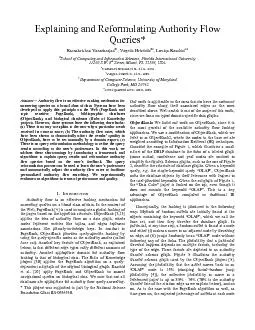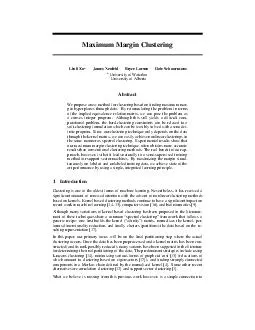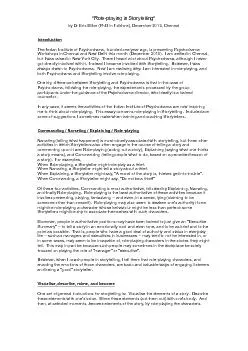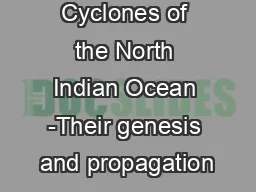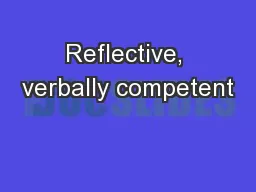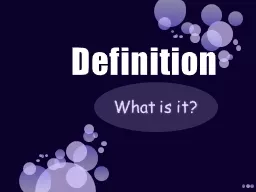PDF-Explaining and Reformulating Authority Flow Ramakrishna Varadarajan, V
Author : giovanna-bartolotta | Published Date : 2015-10-07
N ational Science Foundation Grant IIS0534530 converges to a limit Intuitively this limit is the ObjectRank of the node Limitations of ObjectRank Ranking the objects
Presentation Embed Code
Download Presentation
Download Presentation The PPT/PDF document "Explaining and Reformulating Authority F..." is the property of its rightful owner. Permission is granted to download and print the materials on this website for personal, non-commercial use only, and to display it on your personal computer provided you do not modify the materials and that you retain all copyright notices contained in the materials. By downloading content from our website, you accept the terms of this agreement.
Explaining and Reformulating Authority Flow Ramakrishna Varadarajan, V: Transcript
Download Rules Of Document
"Explaining and Reformulating Authority Flow Ramakrishna Varadarajan, V"The content belongs to its owner. You may download and print it for personal use, without modification, and keep all copyright notices. By downloading, you agree to these terms.
Related Documents

